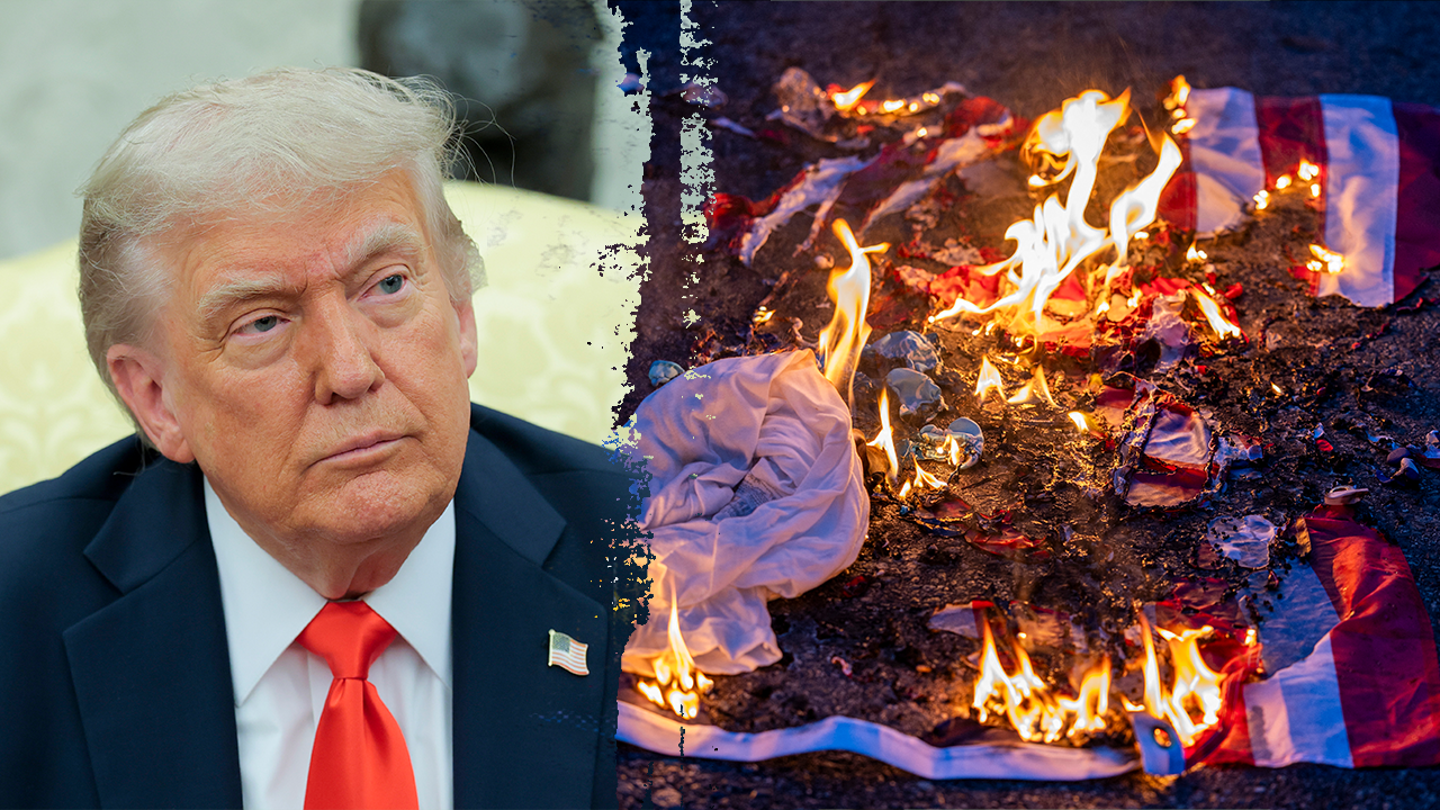Oregon girls who protested trans athlete at track and field medal podium score legal win in lawsuit
Entities mentioned:
- Alexa Anderson: Justice, Determination, Righteousness
- Reese Eckard: Justice, Determination, Righteousness
- Oregon School Activities Association (OSAA): Control, Power, Self-preservation
- Judge Youlee Yim You: Justice, Duty, Righteousness
- America First Policy Institute (AFPI): Justice, Righteousness, Competitive spirit
Article Assessment:
Credibility Score: 70/100
Bias Rating: 75/100 (Lean Right)
Sentiment Score: 70/100
Authoritarianism Risk: 30/100 (Generally Democratic)
Bias Analysis:
The article leans right, focusing heavily on the plaintiffs' perspective and quoting conservative sources. It presents the trans athlete issue from one side, without balancing viewpoints or context on transgender participation policies.
Key metric: First Amendment Protections
Let me tell you something - this story is a GAME-CHANGER! Anderson and Eckard are stepping up to the plate in a BIG WAY, folks! They're taking on the OSAA in a high-stakes legal battle that's got more twists and turns than a championship football game! The judge's ruling is like a FOURTH QUARTER COMEBACK, denying OSAA's attempt to run out the clock on free speech. This isn't just a win, it's a SLAM DUNK for the First Amendment! The OSAA thought they could bench these athletes for speaking their minds, but they've just been called for a MAJOR FOUL! Anderson and Eckard are showing true MVP spirit, fighting not just for themselves, but for every athlete in the game. This is the kind of CHAMPIONSHIP MENTALITY that changes the playing field, folks! The AFPI is coaching these young stars to victory, and let me tell you, they're playing OFFENSE like we've never seen before! This is more than just a legal skirmish - it's a FULL-COURT PRESS for constitutional rights! Stay tuned, because this match is far from over, and these players are just warming up!

Trump’s flag-burning order draws rare fire from conservatives
Entities mentioned:
- Donald Trump: Power, Control, Patriotism
- Conservatives: Freedom, Righteousness, Justice
- Attorney General Pam Bondi: Duty, Loyalty, Control
- Supreme Court: Justice, Duty, Influence
Article Assessment:
Credibility Score: 75/100
Bias Rating: 55/100 (Center)
Sentiment Score: 35/100
Authoritarianism Risk: 65/100 (Authoritarian Tendencies)
Bias Analysis:
The article presents multiple viewpoints, including both supporters and critics of the executive order from conservative circles. While it leans slightly towards critical perspectives, it also includes defenses of the order, maintaining a relatively balanced approach.
Key metric: First Amendment Protections
As a social scientist, I analyze that this article highlights a tension between executive power and constitutional rights. The executive order targeting flag burning has created a rare divide among conservatives, traditionally united on issues of patriotism. This situation underscores the complex interplay between free speech, symbolic expression, and national identity in American politics. The order's attempt to reinterpret established Supreme Court precedent on flag burning as protected speech may lead to significant legal challenges and debates about the scope of First Amendment protections.

Donald Trump vs. Antonin Scalia on burning the American flag
Entities mentioned:
- Donald Trump: Control, Patriotism, Legacy
- Antonin Scalia: Justice, Duty, Professional pride
- Supreme Court: Justice, Duty, Freedom
- Gregory Lee Johnson: Moral outrage, Freedom, Influence
- Mitch McConnell: Freedom, Duty, Professional pride
- John Thune: Patriotism, Control, Influence
Article Assessment:
Credibility Score: 85/100
Bias Rating: 55/100 (Center)
Sentiment Score: 45/100
Authoritarianism Risk: 35/100 (Generally Democratic)
Bias Analysis:
The article presents multiple viewpoints and historical context, showing a relatively balanced approach. While it gives slightly more space to arguments supporting free speech, it also includes opposing views and poll data, maintaining overall centrism.
Key metric: First Amendment Protections
As a social scientist, I analyze that this article highlights the ongoing tension between free speech protections and patriotic symbolism in the United States. The debate over flag burning as protected speech reveals deep divisions in how Americans interpret the First Amendment and national identity. Trump's executive order attempts to circumvent established Supreme Court precedent, potentially challenging the balance of powers. This issue intersects with broader discussions on civil liberties, nationalism, and the limits of free expression in a polarized political climate. The varying opinions of political leaders and justices over time demonstrate the complexity of reconciling constitutional rights with popular sentiment and changing social norms.

Judge rules that some Texas schools don’t have to display Ten Commandments in classrooms
Entities mentioned:
- Judge Fred Biery: Justice, Righteousness, Duty
- Texas school districts: Obligation, Wariness, Self-preservation
- Texas state legislature: Control, Righteousness, Influence
- Texas families (plaintiffs): Freedom, Justice, Self-respect
- Gov. Greg Abbott: Control, Righteousness, Influence
- Tommy Buser-Clancy (ACLU): Justice, Freedom, Duty
- Ken Paxton: Righteousness, Determination, Influence
Article Assessment:
Credibility Score: 75/100
Bias Rating: 45/100 (Center)
Sentiment Score: 55/100
Authoritarianism Risk: 25/100 (Generally Democratic)
Bias Analysis:
The article presents multiple perspectives, including the judge's ruling, plaintiffs' arguments, and the state's defense. While it gives more space to arguments against the law, it also includes the opposing view from the Texas Attorney General.
Key metric: First Amendment Protections
As a social scientist, I analyze that this ruling significantly impacts First Amendment protections in public schools. The judge's decision to block the enforcement of the Ten Commandments display law in several Texas school districts upholds the separation of church and state. This ruling sets a precedent that could influence similar cases in other states, potentially strengthening First Amendment protections nationwide. The decision reflects a tension between religious conservative efforts to introduce religious symbols in public spaces and the constitutional principle of religious neutrality in government institutions. The judge's detailed and occasionally humorous opinion suggests a strong stance against what he perceives as unconstitutional religious influence in public education, which could have far-reaching implications for similar legislative efforts in other states.